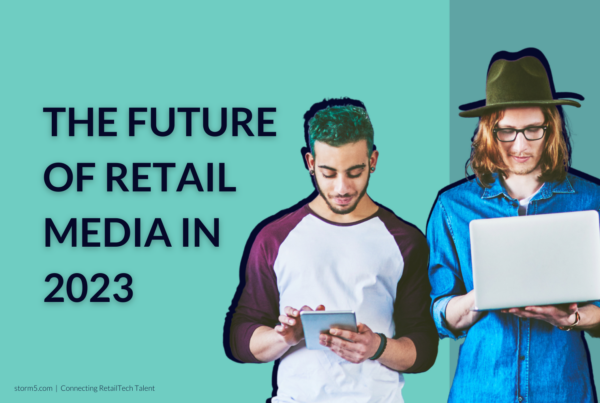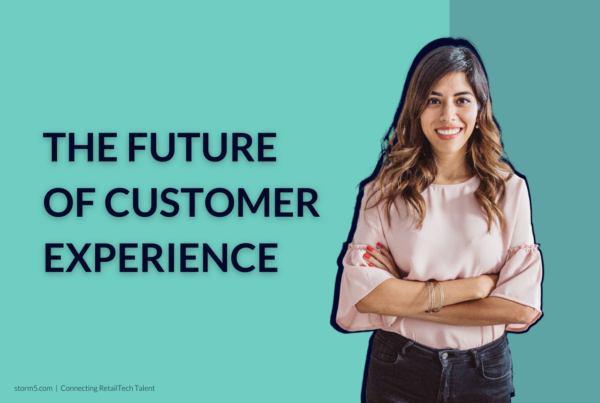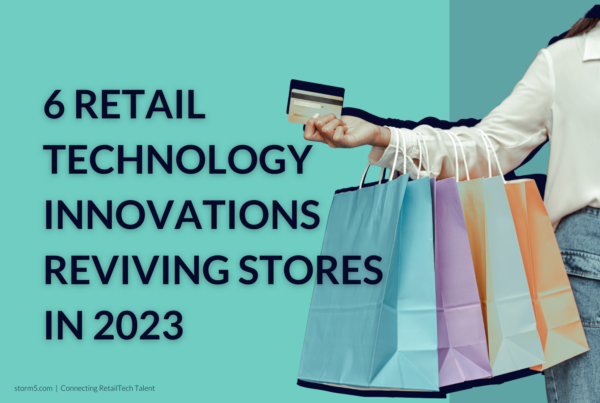Headless Commerce Trends in 2022
Among all the eCommerce changes, headless commerce trends play a key role. The last two years have irreversibly altered the e-commerce landscape. It’s predicted that…

Among all the eCommerce changes, headless commerce trends play a key role.
The last two years have irreversibly altered the e-commerce landscape. It’s predicted that by 2025, e-commerce will account for 24.5% of all retail sales globally. With the pandemic causing a radical shift, most e-commerce businesses were forced to change the way they operated, resulting in advancements in automation, artificial intelligence, virtual reality, augmented reality and much more.
With this constant change, the demand for dynamic stores has increased, new channels are emerging on a daily basis, and social shopping is no longer a passing fad. So, to provide a better in-store experience, retailers must embrace these changes on all levels.
To do so, you need a platform that is adaptable and allows you to make changes as needed without being constrained by a tightly coupled frontend and backend system. This is where headless commerce enters the picture. Global brands are redefining their key business strategies with headless platforms that provide shoppers with a unified experience.
Here’s a quick rundown of the buzz surrounding the headless commerce trend and why it’s important for any D2C business focused on providing the best-in-class experience to customers.
How To Get Started With Headless Commerce?
Based on recent eCommerce trends, it’s safe to assume that desktop websites will no longer be the default for eCommerce and online retail. Buyers can now shop using social media, smartwatches, and other devices. There has never been a better time for a company to develop a flexible shopping architecture. That’s where headless commerce comes into play, and here’s how to get started.
#1 Content Management System (CMS)
A headless content management system is an essential component of a headless eCommerce structure (CMS). Businesses that want to create multiple unique customer experiences will combine a headless CMS, a commerce system, and other integrations, all of which will be linked with APIs for improved functionality.
This is a common headless commerce trend because combining a headless approach with a CMS results in a powerful combination. In these cases, the e-commerce platform is separated from the presentation layer, allowing a brand to use popular CMS solutions like WordPress, DXPs like Drupal, or custom frontend solutions to provide exceptional customer experiences that increase conversion.
Combining headless commerce with a headless content management system is the way to go when taking an omnichannel approach. With APIs powering your frontend and backend, you can create channel-specific content and various user experiences using a single CMS.
#2 Personalized Solutions
One of the most significant challenges that brands face is changing consumer behaviour. One of the main benefits of headless commerce is that you have big ideas that no single system can provide out of the box, and headless allows you to keep the personalization while eliminating the cost and maintenance.
You might have worked on SaaS but realised it was limiting your ability to innovate. Headless offers you the best of both worlds in terms of open SaaS. APIs provide the flexibility required to think beyond the boundaries of any single platform or technology and connect systems in a more modular manner.
An e-commerce business’s ability to innovate and impress customers with unique and compelling digital experiences can make or break it. Headless commerce can make it easier to customise and pivot your site to stay current, which is why it’s important to keep up with headless trends to determine whether it’s worth your investment.
#3 Digital Experience Platform (DXP)
A digital experience platform (DXP) is a type of software that allows businesses to swiftly digitise and offer a better customer experience. A trend in headless commerce is combining DXP with a headless CMS system to achieve a strong foundation.
The flexibility of the API-driven content and its ability to integrate with other services add value to this partnership. This combination allows developers and marketers to work independently while also allowing for additions and edits without disrupting the project’s flow.
#4 Progressive Web Apps (PWA)
Progressive web apps (PWA) are web applications that take advantage of the most recent web technologies to give users a native app-like experience. Although they are just standard web pages or websites, they may look to the user like native mobile apps or traditional apps. They integrate the functionality of websites and mobile apps to produce an immersive user experience that can increase conversion rates and boost time spent on the website.
Headless Commerce Is The New Normal
In 2019, headless commerce was the way of the future. According to WP Engine’s State of Headless Global Search Report, 98% of eCommerce brands are either headless or considering it. Those eCommerce brands that aren’t going headless are still operating in the past. Customers will notice if their favourite online retailers do not provide the level of seamless shopping they have come to expect, even if they are unaware of how an eCommerce experience is delivered to them. You are making the correct decision if you choose to go headless right now. Your brand can catch up to the competition and the shopping habits of your customers.
We Are Here For You
Whether a headless commerce platform or in other eCommerce sectors, Storm5 is here to help support the rapid growth of this incredible pioneering industry. We are specialist recruiters dedicated to working with the top companies in all RetailTech sectors. Whether you are a start-up or planning to scale up, Storm5 is here to help you find the right senior talent for the right specialism. If you are looking to expand your team, contact us and if you would like to stay up to date with headless commerce trends and wider industry news, click here to follow us.







